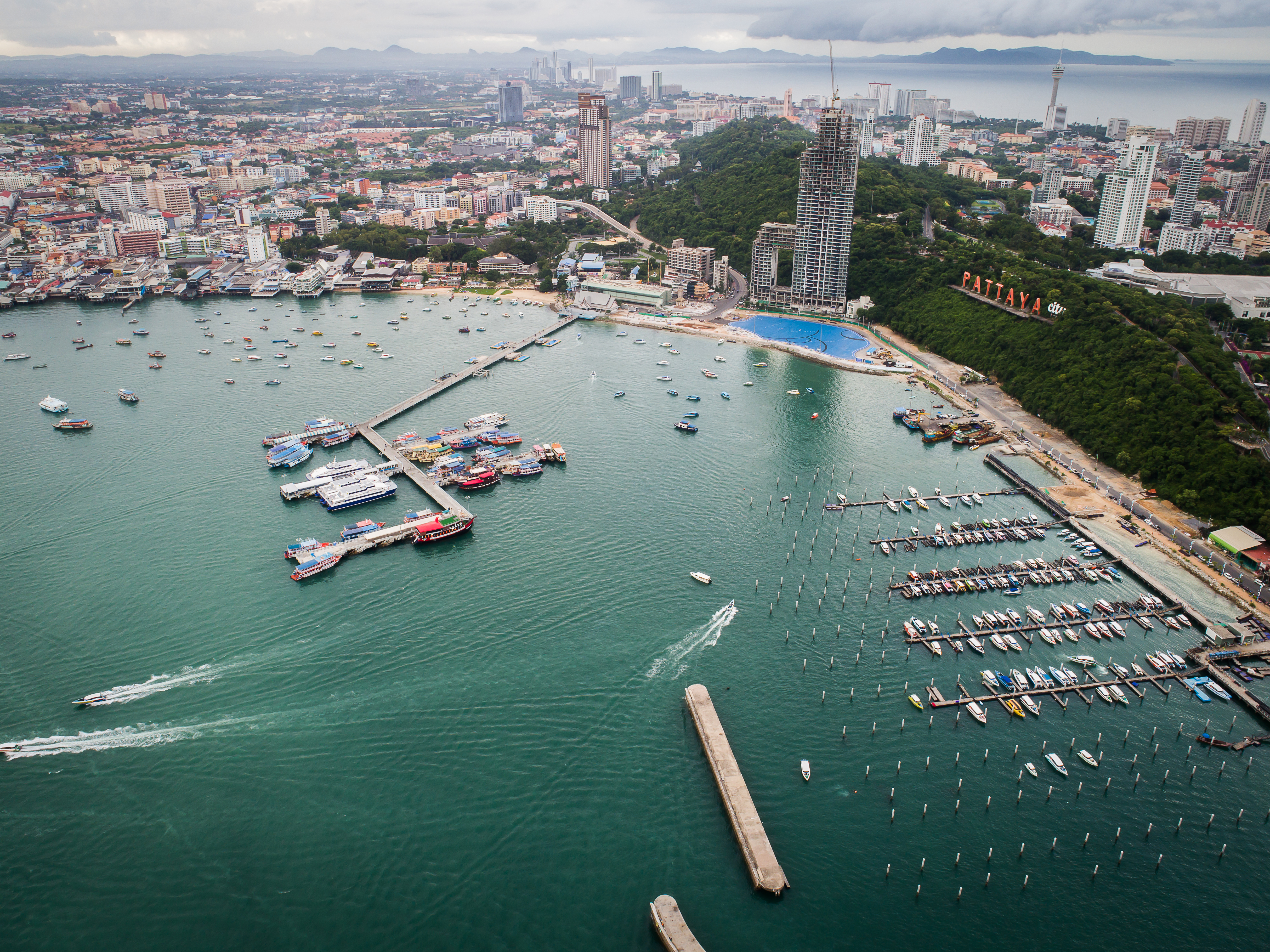How BIM can related with EEC (EEC : Eastern Economic Corridor) ?
BIM can play a significant role in supporting the goals and initiatives of the Eastern Economic Corridor (EEC) in Thailand by improving the design, construction, and management processes of infrastructure projects, facilitating collaboration and innovation, and promoting sustainable practices in the built environment.

WHAT IS EEC (EEC : Eastern Economic Corridor) ?
The Eastern Economic Corridor (EEC) is a special economic zone in Thailand that covers three eastern provinces: Chonburi, Rayong, and Chachoengsao. The EEC is a flagship government initiative aimed at promoting investment, economic development, and innovation in the eastern region of Thailand.
Image : https://www.eeco.or.th/th/government-initiative
The EEC project was launched in 2018 by the Thai government with the goal of transforming the eastern region into a leading economic zone in Southeast Asia. The EEC is envisioned as a hub for advanced industries, such as aerospace, automotive, electronics, robotics, digital technology, medical technology, and biofuels, among others. The Thai government has implemented various incentives and measures to attract domestic and foreign investment to the EEC, including tax benefits, streamlined regulations, and infrastructure development.
The EEC is part of Thailand's broader economic development strategy, known as Thailand 4.0, which aims to transition the country from a manufacturing-based economy to a knowledge-based, innovation-driven economy. The EEC is expected to play a significant role in attracting investment, creating high-quality jobs, and driving economic growth in Thailand.
How BIM can related with EEC (EEC : Eastern Economic Corridor) ?
Building Information Modeling (BIM) can be closely related to the Eastern Economic Corridor (EEC) in Thailand in several ways:
1.Infrastructure and Construction:

The EEC is a major economic development initiative in Thailand that involves the construction and development of various infrastructure projects, such as transportation networks, industrial parks, and urban development projects. BIM, as a digital representation of the physical and functional characteristics of a building or infrastructure, can be used in the design, construction, and management of these projects. BIM can help in the creation of 3D models, simulations, and visualizations, which can aid in the planning, design, and coordination of complex infrastructure projects in the EEC.
2.Advanced Industries

image from : https://www.freepik.com/free-photo/panoramic-photo-automobile-production-line-welding-car-body-modern-car-assembly-plant_26149998.htm#query=advanced%20industry&position=10&from_view=search&track=ais
The EEC aims to attract advanced industries, such as aerospace, automotive, and electronics, which require sophisticated design and engineering processes. BIM can be utilized in these industries to improve design and engineering workflows, optimize construction processes, and enhance project coordination. BIM can facilitate collaboration among different stakeholders, such as architects, engineers, contractors, and facility managers, resulting in improved efficiency, reduced errors, and better decision-making.
3.Digital Technology and Innovation
image : https://www.freepik.com/free-photo/website-hosting-concept-with-circuits_26412535.htm#query=IoT&position=48&from_view=search&track=sph
The EEC seeks to promote innovation and digital technology adoption in various industries. BIM, being a digital technology itself, aligns with the goals of the EEC by facilitating the adoption of advanced technologies in the construction and infrastructure sectors. BIM can be integrated with other digital technologies, such as Internet of Things (IoT), Artificial Intelligence (AI), and Augmented Reality (AR), to enhance the capabilities of the construction and infrastructure industries, making them more efficient, sustainable, and technologically advanced.
4.Sustainability and Green Building
image : https://www.freepik.com/free-vector/ecology-concept-paper-style_6730999.htm#query=sustainable%20building&position=20&from_view=search&track=ais
The EEC emphasizes sustainability and green building practices in its development projects. BIM can support the integration of sustainable design and construction practices by providing tools for energy analysis, environmental simulations, and lifecycle assessment. BIM can help in optimizing building performance, reducing environmental impacts, and achieving sustainability goals in line with the EEC's vision of sustainable development.
Overall, BIM can play a significant role in supporting the goals and initiatives of the Eastern Economic Corridor (EEC) in Thailand by improving the design, construction, and management processes of infrastructure projects, facilitating collaboration and innovation, and promoting sustainable practices in the built environment.
โดยรวมแล้ว BIM สามารถมีบทบาทสำคัญในการสนับสนุนเป้าหมายของ เศรษฐกิจพิเศษภาคตะวันออก (EEC) ในประเทศไทย โดยการปรับปรุงกระบวนการออกแบบ การก่อสร้าง และการจัดการโครงการโครงสร้างพื้นฐาน อำนวยความสะดวกในการทำงานร่วมกันและนวัตกรรม และส่งเสริมแนวทางปฏิบัติที่ยั่งยืนในตัวอาคาร สิ่งแวดล้อม.






